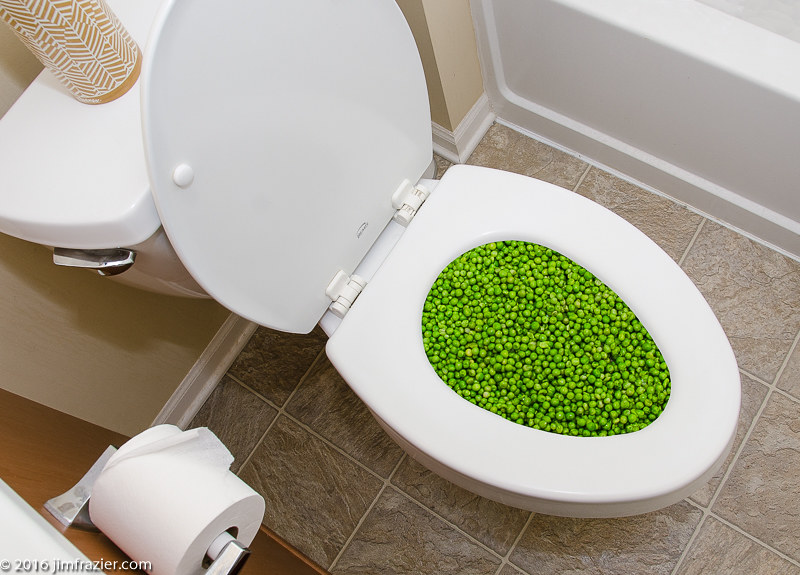Is it Allowed to Flush Food Down the Toilet?
Is it Allowed to Flush Food Down the Toilet?
Blog Article
Any individual will have their own unique piece of advice when it comes to Think Twice Before Flushing Food Down Your Toilet.

Introduction
Many individuals are usually confronted with the problem of what to do with food waste, specifically when it pertains to leftovers or scraps. One usual question that emerges is whether it's fine to purge food down the toilet. In this post, we'll look into the reasons that people may consider purging food, the repercussions of doing so, and alternative methods for proper disposal.
Reasons that individuals may think about flushing food
Absence of understanding
Some individuals may not be aware of the possible injury brought on by flushing food down the bathroom. They might incorrectly think that it's a harmless method.
Comfort
Purging food down the commode might seem like a quick and very easy option to disposing of undesirable scraps, especially when there's no neighboring trash can readily available.
Negligence
Sometimes, individuals might just select to flush food out of sheer idleness, without considering the effects of their actions.
Effects of flushing food down the bathroom
Ecological impact
Food waste that winds up in rivers can contribute to pollution and damage aquatic ecological communities. Furthermore, the water used to purge food can strain water sources.
Plumbing issues
Flushing food can result in blocked pipes and drains pipes, creating pricey plumbing repair work and hassles.
Kinds of food that ought to not be purged
Fibrous foods
Foods with fibrous appearances such as celery or corn husks can get tangled in pipes and create clogs.
Starchy foods
Starchy foods like pasta and rice can soak up water and swell, bring about clogs in pipelines.
Oils and fats
Greasy foods like bacon or food preparation oils must never ever be purged down the commode as they can solidify and create clogs.
Proper disposal techniques for food waste
Using a waste disposal unit
For homes equipped with garbage disposals, food scraps can be ground up and flushed through the plumbing system. However, not all foods appropriate for disposal in this manner.
Recycling
Specific food packaging materials can be reused, reducing waste and lessening environmental influence.
Composting
Composting is an environmentally friendly means to get rid of food waste. Organic products can be composted and used to enrich dirt for horticulture.
The significance of correct waste administration
Minimizing environmental damage
Proper waste monitoring methods, such as composting and recycling, help minimize pollution and maintain natural resources for future generations.
Safeguarding plumbing systems
By avoiding the technique of flushing food down the bathroom, homeowners can protect against expensive plumbing repair work and preserve the stability of their plumbing systems.
Conclusion
Finally, while it may be alluring to flush food down the bathroom for convenience, it is necessary to comprehend the prospective repercussions of this action. By embracing appropriate waste monitoring practices and dealing with food waste responsibly, individuals can add to much healthier pipes systems and a cleaner environment for all.
THINK TWICE BEFORE FLUSHING FOOD DOWN YOUR TOILET IN FALLBROOK CA
Let’s be honest, we’re really supposed to be tossing rotten or leftover food in the compost bin or trash can. But many people like to place scraps of food down the drain of, say, their kitchen sink. That’s why the garbage disposal was invented: so we can continue to place certain foods down the drain without clogging our drain in the process. Smart.
But not all of us have the luxury of having a garbage disposal installed. So, you might continue to shove food down your sink drain anyway – or worse: you might flush them down your toilet! If you’re guilty of doing the latter, you’re going to want to stop, and here’s why:
Toilet Drains Aren’t Designed to Handle Food!
There’s your answer: food just doesn’t belong in your toilet. It may seem like your toilet drain is wider than the drains of your sinks, but truth be told, that isn’t actually the case. The narrower pipes of your toilet leave your plumbing at risk for clogging if you do happen to flush your food. In addition, food doesn’t break down as quickly that toilet paper and human waste do. In turn, this leaves your toilet at risk for a nasty clog.
Although a flush of a tiny pinch of food every now and then isn’t going to completely damage your toilet, there are certain foods that should absolutely not be flushed in your toilet at all. These include starchy foods like mashed potatoes, grains, hard pieces of food that are slow to break down, and fats and oils.
The latter categories of food are particularly problematic as they may harden, expand as they absorb water, break down slowly in your system, or generally create the perfect obstruction with their gelatinous composition. These are all things you don’t want in your plumbing system!
Experiencing a Toilet Clog?
Nobody’s perfect, and we all make mistakes. Sometimes one of the mistakes people make is flushing food down their toilet and later realizing that it wasn’t the best thing to do once they see that their toilet is now clogged. Uh-oh!

I came across that review on What Can Happen If You Flush Food Down the Toilet? while doing a search on the web. Sharing is good. Helping people is fun. Bless you for your time. Return soon.
Estimating Report this page